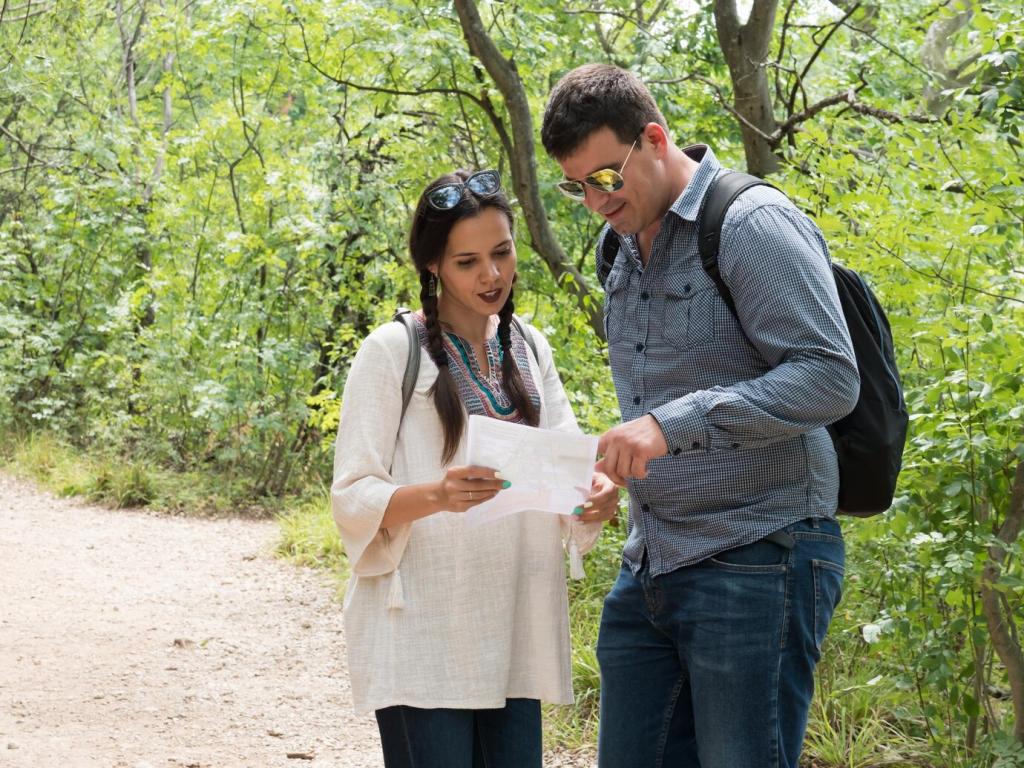Greetings Around the World: First Impressions That Travel
In Japan, bows vary by depth and context; in India, a respectful namaste honors personal space; in parts of Europe, cheek kisses require regional know-how. Handshakes can be firm or light. When uncertain, mirror your host’s lead, smile, and keep your posture open.
Greetings Around the World: First Impressions That Travel
Using formal titles in Germany or Nigeria can signal respect, while first names may be normal in the United States or Australia. When introduced, listen closely for how people present themselves. If unsure, ask politely which form they prefer and follow that cue consistently.
Greetings Around the World: First Impressions That Travel
On my first visit to Tokyo, I offered a firm handshake. My counterpart bowed. We both paused, then laughed and exchanged a respectful bow-handshake hybrid. That awkward beat turned into trust, precisely because we acknowledged and adapted to each other’s customs.
Greetings Around the World: First Impressions That Travel
Lorem ipsum dolor sit amet, consectetur adipiscing elit. Ut elit tellus, luctus nec ullamcorper mattis, pulvinar dapibus leo.






